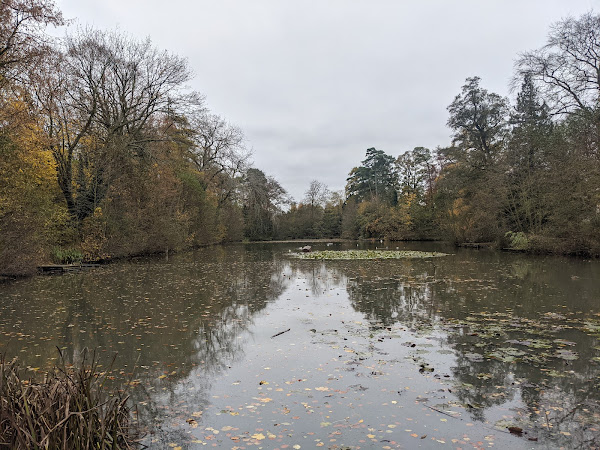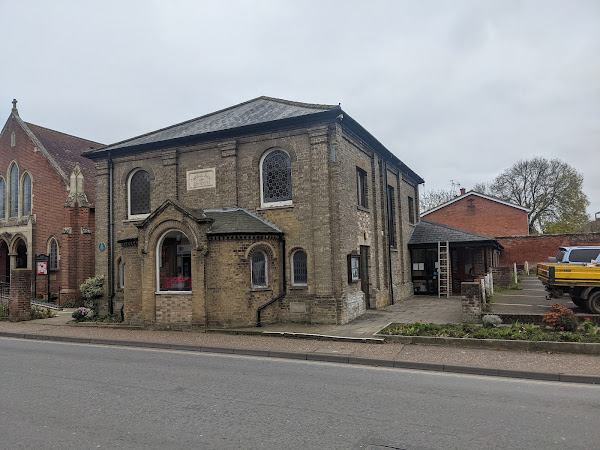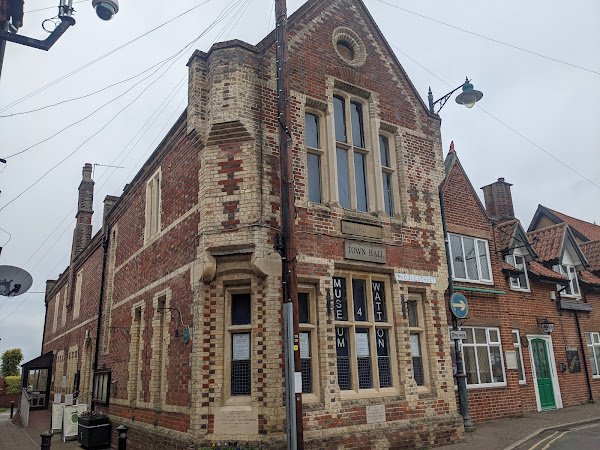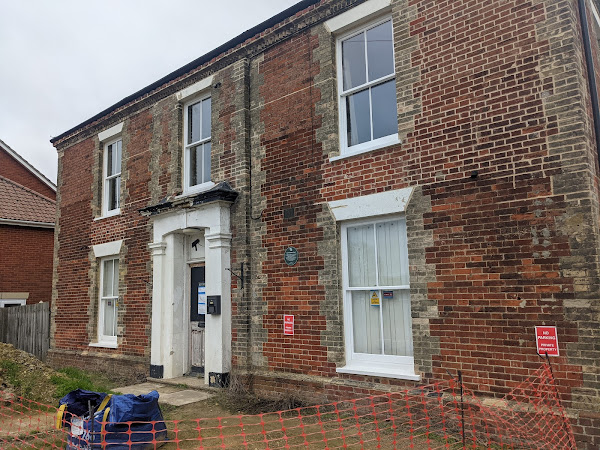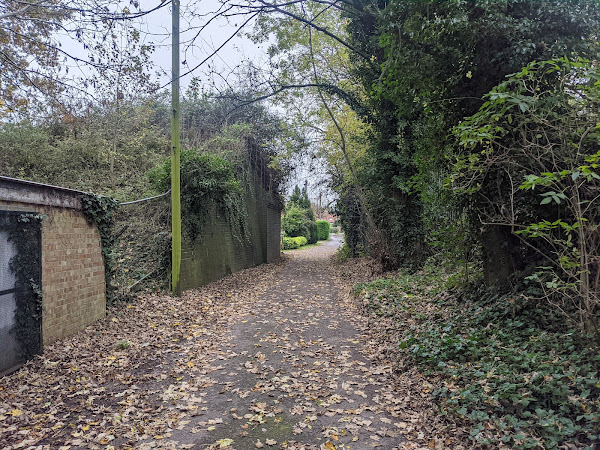While there are quite a few "L" events I could attend this week, including Lowestoft, Lingwood, Littleport, Luton Wardown, my research suggested that each of those events would be best attended in pleasant weather when I am able to spend the day exploring the nearby areas. Loch Neaton, however, seemed to be a smaller, more community-driven event, and likely less impacted by the weather as it's less of a tourist destination than others.
The area
Loch Neaton is a recreation ground on the outskirts of the town of Watton, and home to Loch Neaton parkrun. The area is named after the Scottish Navvies who were instrumental in the construction of the local railway - many of whom settled in the area after construction was complete.
During the construction of the railways, the site served as an earthworks, supplying materials needed for the construction of a nearby embankment. The recreation ground itself was formed by filling the quarry to form a lake, which was used for swimming boating and fishing in its heyday. Swimming and boating are no longer permitted, but the immediately surrounding land has since been landscaped to create a pleasant space to unwind.
The course
A short, sharp loop near the loch kicks off the course, followed by three laps of the football pitches, rounded out by another partial lap of the loch. Apart from a very short area on tarmac, the run is on grass and trail, and although unexpected, the course includes a good amount of elevation over the course of a gradual incline covered each lap.
Free parking is available on site, and toilets and a cafe are located in the sports centre.
The run
Being an all-grass event, the moisture of the past few days made today's event more of a challenge than I anticipated. The gentle climb of the course didn't make the running any easier either!
Thanks to all of the marshals for a great event!
After the run
Following the run, I took some time to explore the town, which has a number of buildings. The first notable building is perhaps the clock tower which dates back to 1679, and is now encompassed by the main high street.
To the west of the town lies the Central Hall and Institute - a building dating back to 1874 as a schoolroom, and part of the Methodist chapel dating to 1829.
Near to the clock tower, and more centrally than Central Hall, lies the town hall known as Wayland Hall. Built in 1853 as a market hall, the building has served many purposes, including social gatherings, a courthouse, a library, and a library, before its current use as town council offices.
While the railway no longer runs through Watton, a number of artefacts still remain, including The Old Railway Hotel, and a number of abutments near the loch.
References: History of Watton (Central Hall and Institute) | History of Watton (Wayland Hall)
